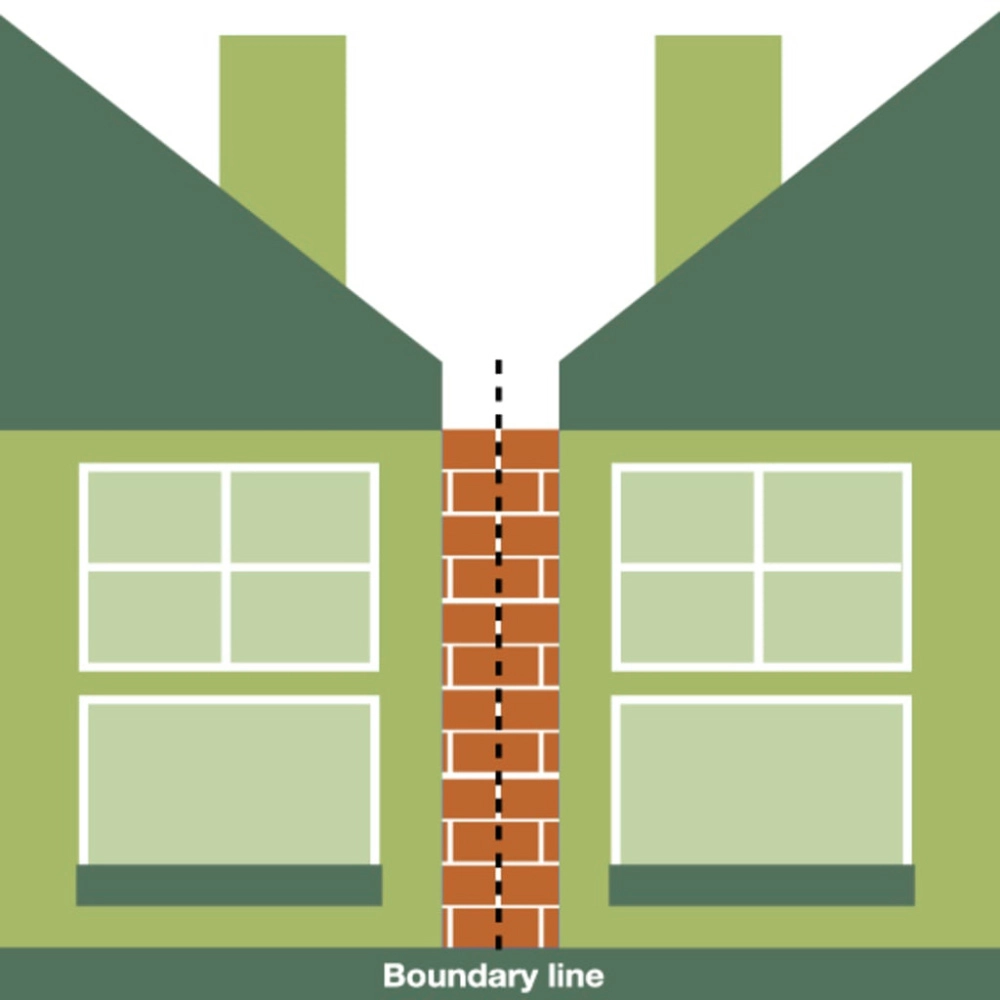PARTY WALL AGREEMENTS – A SIMPLE GUIDE
Party Wall Agreements – A Simple Guide
When considering making any alterations or improvements to your home, there are always elements you may not have considered which provide an additional challenge to overcome. Party Wall Agreements are one of those factors which impact many homeowners looking to grow or adapt their current living space. To begin, let’s get a clear definition of what a party wall is.
A party wall is a wall standing on the land of 2 or more owners and a party structure is a structure such as a floor in a block of flats between two ownerships.
Lots of living spaces have Party Walls. Houses, offices and flats all have the potential for adjoining walls and therefore any significant work completed on these walls will require adherence to the Party Wall Act 1996. A party wall is generally thought of as part of a building however a garden wall (not a timber fence) can also be a party wall. If you are unsure then speak with a professional to find out where you stand legally with any wall in your home.
If work is planned to a party wall or structure you must tell your neighbours before undertaking works that affect the party wall or structure. A notice in a prescribed format needs to be served on your neighbour before any works commence with this notice giving either 1 month or 2 months prior notice of the works depending on the works to be undertaken. The acknowledgement section of the notice enables the neighbour to agree to the works or to disagree to the works and if there is disagreement this then triggers the requirement for a record of the condition of the neighbour’s property to be produced and for a Party Wall Award to be produced. Generally, records of conditions and the Award is produced by a Party Wall Surveyor.



How do Party Wall Agreements work in practice?
An example of works which would require that notice is served on the neighbour would be removing chimney breasts which are part of the party wall, cutting into the wall to perhaps install beam or knocking down and rebuilding a party wall.
Some works are minor and would not require notice to be served such as works to your side of the party wall such as plastering, replacing electrical sockets, drilling into the wall to put up shelves. These are not works which require you to notify the neighbour under the Party Wall Act 1996. But if you are unsure, get in touch with a property and planning expert to find out where you stand.
Whilst there is a right to excavate for foundations near to a neighbour’s property, there is also a requirement under the above act to give notice so if you intend to excavate within 3 metres of a neighbouring owner’s building or structure, where that work will go deeper than the neighbour’s foundations notice must be given to the neighbour and notice must also be given if you intend to excavate within 6 metres of a neighbouring owner’s building or structure where that work will cut a line drawn downwards at 45 degrees from the bottom of the neighbour’s foundations.
How can I find out more about Party Wall Agreements?
Synergy Planning & Property Consultants Ltd are happy to talk through what is involved, under the Party Wall Agreement Act and assist you with every step of the process. If you are planning works that might affect your neighbour’s property, please contact us, call us on 01634 710 881 or email info@synergyppc.co.uk. We have over 20 years of experience in getting planning applications successfully through all stages and pride ourselves on being up to date on the latest requirements so we can ensure every application we take on can be successful.
